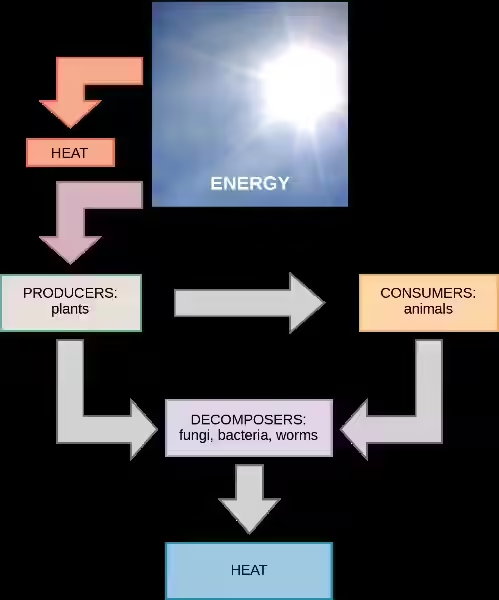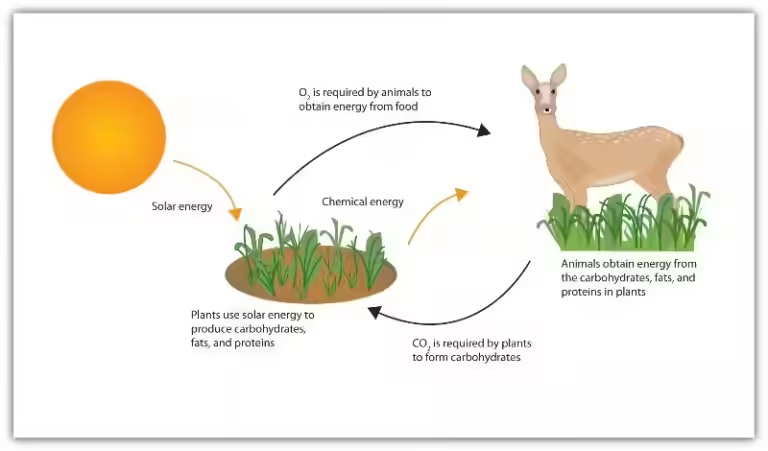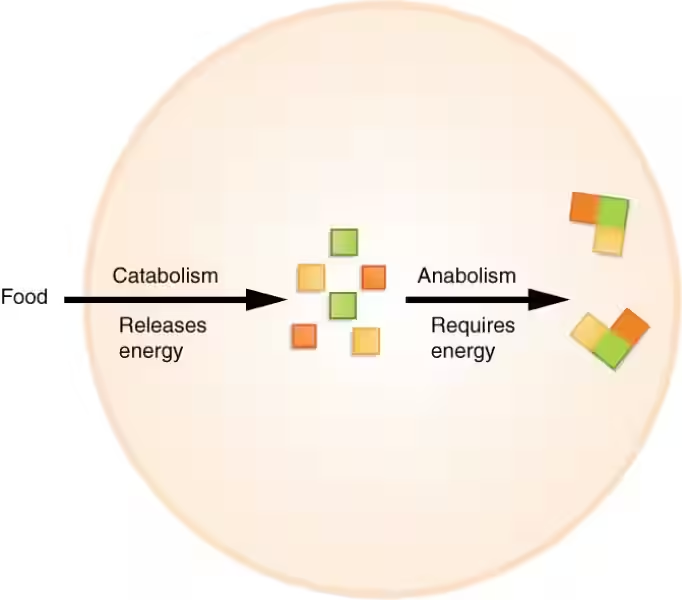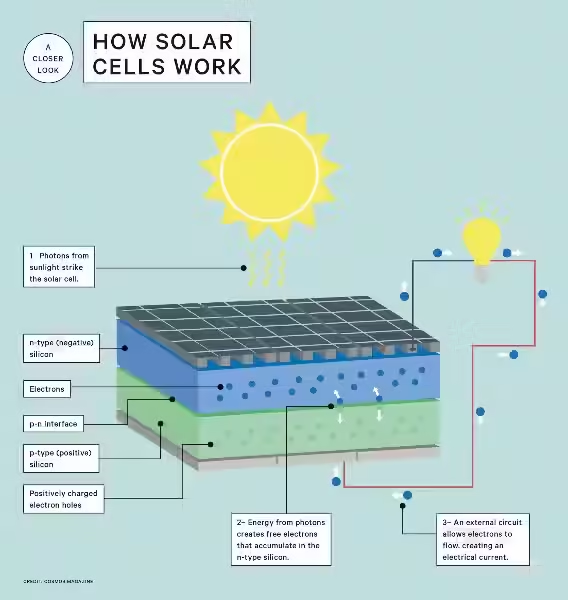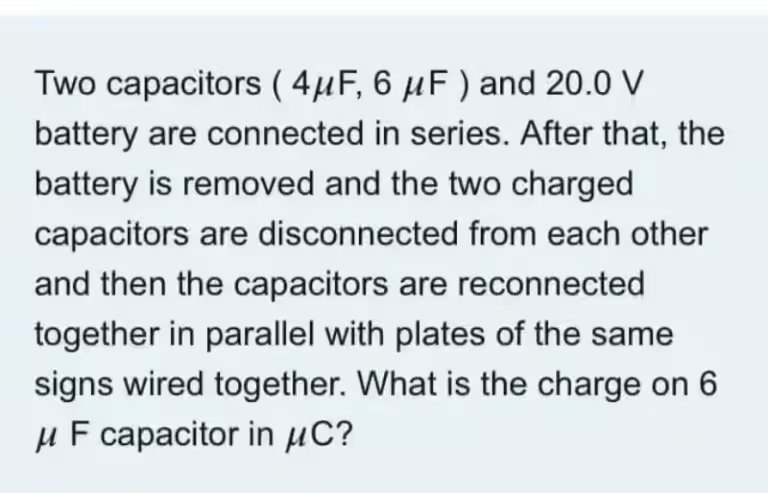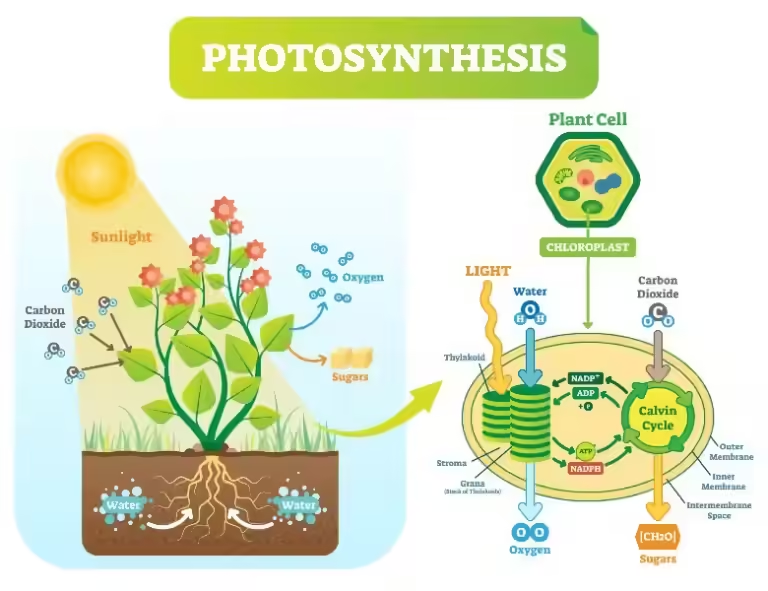Cells: Tiny Powerhouses of Life
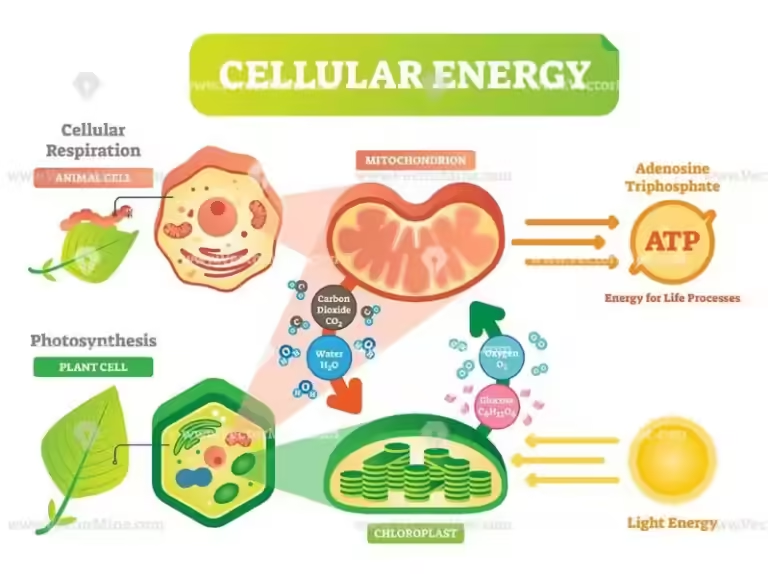
Imagine a bustling city teeming with activity, where every building is a miniature factory, constantly working, producing, and consuming. This is the world of a cell, the fundamental building block of all living organisms. While seemingly simple, cells are incredibly complex and dynamic entities, constantly working to maintain life. One of the most crucial aspects of a cell's existence is its ability to harness and utilize energy, a process that fuels all its vital functions.
The energy currency of the cell is a molecule called adenosine triphosphate (ATP). Think of ATP as the cell's universal energy unit, powering a wide range of cellular activities. ATP is composed of adenine, a nitrogen-containing base; ribose, a five-carbon sugar; and three phosphate groups. It's the bond between the second and third phosphate groups that holds the key to ATP's energy potential. Breaking this bond releases a burst of energy, making ATP the primary energy carrier in all living cells.
Cellular Energy: A Symphony of Processes
To sustain life, cells employ a sophisticated network of energy-generating processes. Eukaryotic cells, those with a nucleus and other membrane-bound organelles, rely on three major pathways: glycolysis, the citric acid cycle, and oxidative phosphorylation.
Glycolysis: The First Step in Energy Extraction
Glycolysis, the first stage of cellular respiration, takes place in the cytoplasm of the cell. It's a remarkably ancient process, found in both prokaryotes and eukaryotes, suggesting its evolutionary significance. Glycolysis involves the breakdown of a six-carbon sugar molecule, glucose, into two molecules of pyruvate, a three-carbon compound. This process requires two ATP molecules but produces four, resulting in a net gain of two ATP. Glycolysis also generates two molecules of NADH, an electron carrier that will play a crucial role in later stages of energy production.
The Citric Acid Cycle: A Circular Path to Energy
In the presence of oxygen, the pyruvate molecules produced by glycolysis enter the mitochondria, the cell's powerhouses. Inside the mitochondria, pyruvate is converted into acetyl CoA, a two-carbon molecule that serves as a key energy carrier. Acetyl CoA then enters the citric acid cycle, also known as the Krebs cycle, a series of chemical reactions that occur in the mitochondrial matrix. The citric acid cycle is a circular pathway that systematically breaks down acetyl CoA, generating energy along the way. Each turn of the cycle produces three NADH, two FADH2 (another electron carrier), and one GTP (a molecule similar to ATP).
Oxidative Phosphorylation: The Final Energy Harvest
The final stage of cellular respiration is oxidative phosphorylation, which takes place in the inner membrane of the mitochondria. This process utilizes the electron carriers NADH and FADH2 generated in glycolysis and the citric acid cycle. These electron carriers deliver their electrons to an electron transport chain, a series of protein complexes embedded in the mitochondrial membrane. As electrons move through the chain, they release energy that is used to pump protons across the membrane, creating a proton gradient. This gradient drives ATP synthesis, as protons flow back across the membrane through a specialized protein called ATP synthase. This process generates the majority of ATP produced by cellular respiration, yielding approximately 3 ATP molecules per electron.
Cells Use Energy For Which of the Following?
The energy derived from ATP fuels a wide range of vital cellular functions, including:
- Building molecules: Cells constantly synthesize new molecules, from proteins and carbohydrates to lipids and nucleic acids. This process requires energy, which is supplied by ATP.
- Active transport: Moving molecules across cell membranes against their concentration gradients requires energy. Active transport systems, powered by ATP, ensure the proper distribution of nutrients, ions, and waste products within and between cells.
- Muscle contraction: Muscle cells rely on ATP to power the intricate process of muscle contraction. When muscles contract, ATP is hydrolyzed to provide the energy needed for the myosin and actin filaments to slide past each other, generating force.
- Cellular signaling: Communication between cells is crucial for coordinating activities and maintaining homeostasis. ATP plays a role in signaling pathways, triggering responses that regulate essential processes.
- Cell division: Cellular reproduction requires energy to duplicate DNA, synthesize new organelles, and divide the cell into two daughter cells.
Cells are remarkable energy transformers, converting the chemical energy stored in nutrients into a usable form, ATP. This energy fuels the complex machinery of life, driving all the processes that allow cells to grow, divide, and function. Understanding the intricate world of cellular energy is crucial for comprehending the very essence of life itself.
Frequently Asked Questions
What do cells use energy for?
Cells use energy for various functions, including:
- Building molecules: Cells need energy to synthesize complex molecules like proteins, carbohydrates, and lipids from simpler building blocks.
- Active transport: Cells use energy to move molecules across their membranes against their concentration gradients, allowing them to maintain internal balance and acquire essential nutrients.
- Muscle contraction: Muscle cells require energy to contract and produce movement.
- Cellular signaling: Cells use energy to transmit signals, allowing them to communicate with each other and respond to changes in their environment.
- Maintaining cellular structure: Cells need energy to maintain their shape and structure, preventing them from collapsing or becoming unstable.
- Other functions: Cells use energy for a wide range of other functions, including DNA replication, cell division, and protein synthesis.

